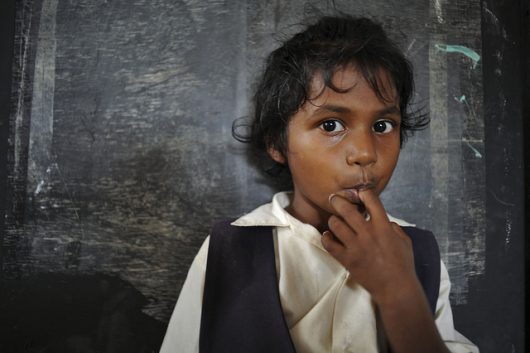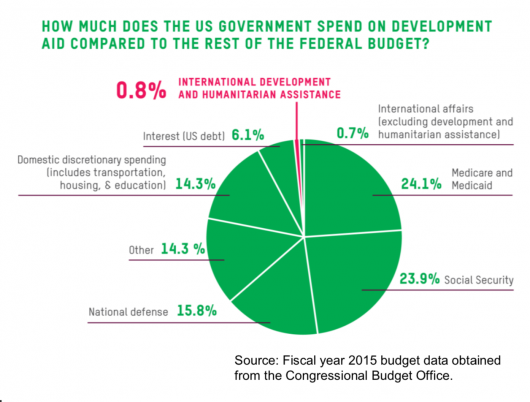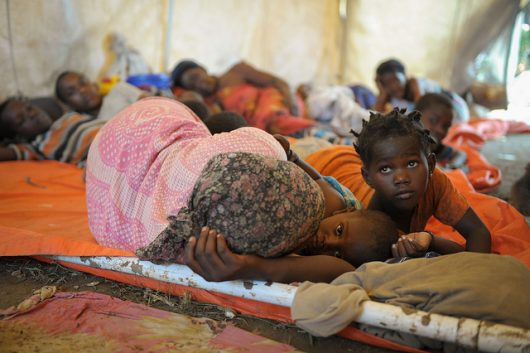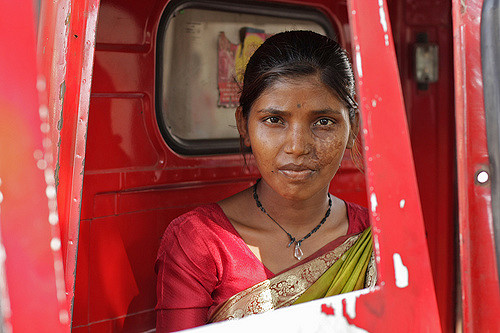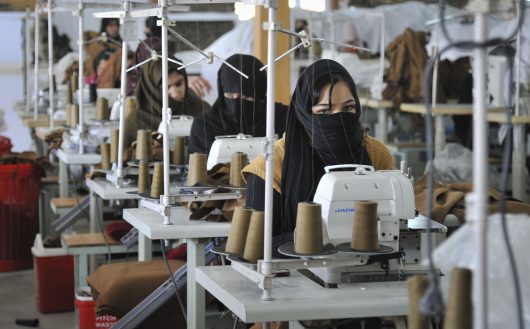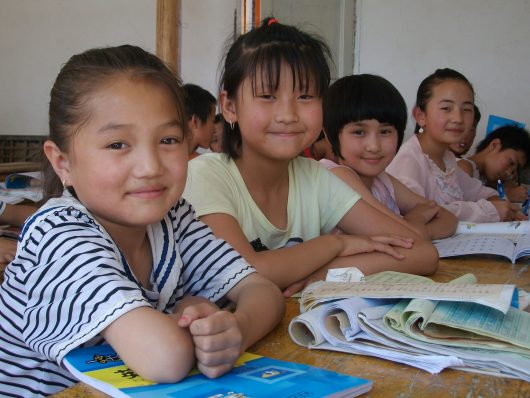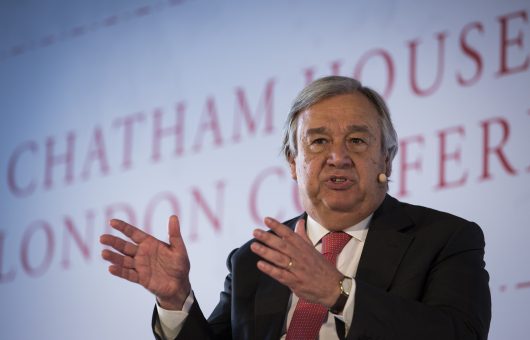
At the apex of Islamic State (IS) control, 10 million people were living in territory under IS authority. However, that number has been steadily decreasing.
By December 2015, the Salafi jihadist group controlled an extensive territory in western Iraq and eastern Syria that formed an unrecognized proto-state. Outside of Iraq and Syria, IS controls territory in Libya, Sinai and Afghanistan.
The jihadist group gained international attention when it invaded and overtook Iraq’s second-largest city, Mosul. Iraq’s fight to remove the Islamic State group from Mosul has ravaged for six months, with the violence causing more than 215,000 citizens to become displaced.
Twenty miles west of Mosul, U.N. Secretary-General, Antonio Guterres, met with Iraqi citizens inside a camp designated for displaced individuals. He later stated that “these people have suffered enormously,” and without aid, “they go on suffering.”
The Secretary-General urges for increased funding for U.N. programs in Iraq. He calls for “international solidarity” and aid for the people of Mosul.
The U.N. estimates that $985 million is required for emergency funds to assist displaced individuals throughout Iraq. Providing shelter for thousands of people fleeing Mosul will cost at least $7 million as the fighting continues. Presently, U.N. programs in Iraq have only reached eight percent of their funding budget.
The current focus area in the larger battle against IS centers around the control of Mosul. The city is the jihadist group’s last critical bastion in Iraq. Financial assistance for Iraqi and Kurdish security forces is a key component for regaining Mosul, which has been under IS authority since 2014.
Nearly 750,000 people continue to live in western Mosul. There, the conflict between Islamic State militants and Iraqi and Kurdish forces has led to thousands of casualties. Most of the residents do not have access to clean drinking water or sufficient food. Excluding the Iraqi military, agencies have not been able to provide aid for the people of Mosul due to the extreme levels of violence in the area.
The U.N. Security Council called an emergency meeting shortly after the U.S. released 59 Tomahawk cruise missiles on a Syrian air base in early April. U.N. chief Guterres advised the council to unify and reach a peaceful agreement on moving forward in Syria. “For too long,” he states, “international law has been ignored in the Syrian conflict, and it is our shared duty to uphold international standards of humanity.” Guterres believes this is a “prerequisite” to ending the continued suffering of the people of Mosul and Syria.
– Madison O’Connell
Photo: Flickr
